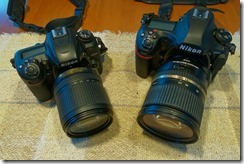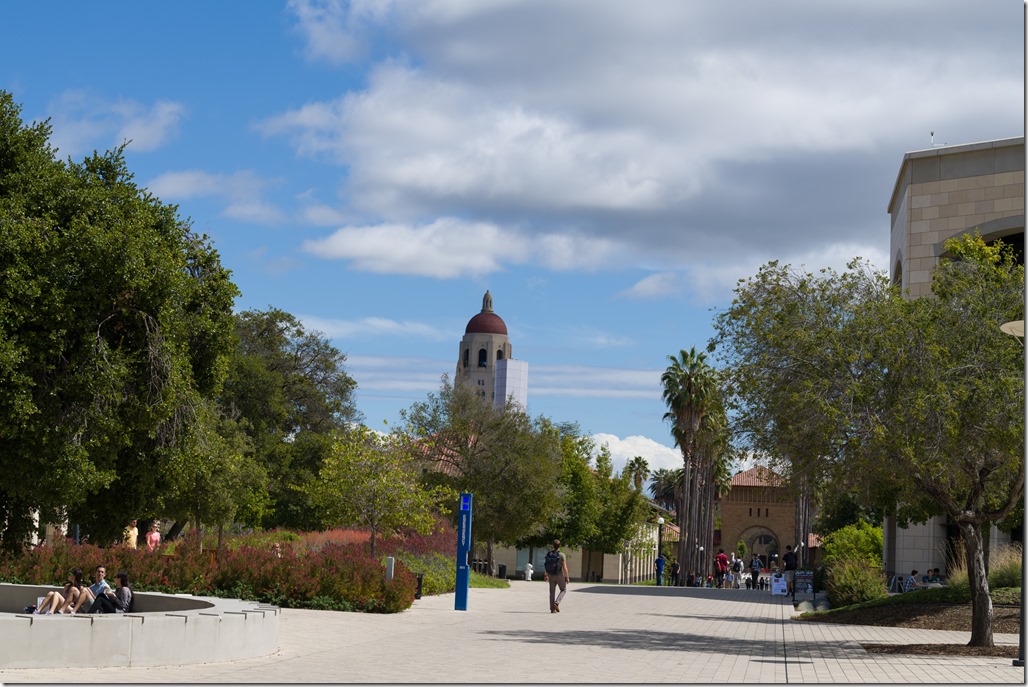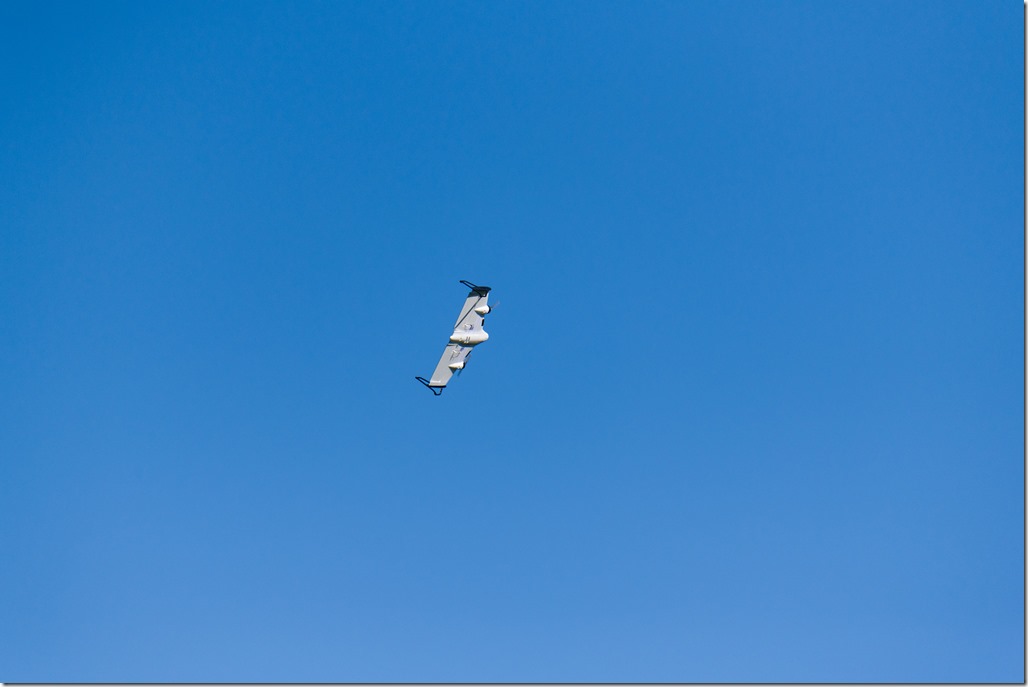- Photo Safaris
- Alaska Bears & Puffins World's best Alaskan Coastal Brown Bear photo experience. Small group size, idyllic location, deluxe lodging, and Puffins!
- Participant Guestbook & Testimonials Candid Feedback from our participants over the years from our photo safaris, tours and workshops. We don't think there is any better way to evaluate a possible trip or workshop than to find out what others thought.
- Custom Photo Tours, Safaris and Personal Instruction Over the years we've found that many of our clients & friends want to participate in one of our trips but the dates we've scheduled just don't work for them or they'd like a customized trip for their family or friends.
- Myanmar (Burma) Photo Tour Myanmar (Burma) Photo Tour December 2017 -- with Angkor Wat option
- Reviews Go hands-on
- Camera Reviews Hands-on with our favorite cameras
- Lens reviews Lenses tested
- Photo Accessories Reviews Reviews of useful Photo and Camera Accessories of interest to our readers
- Useful Tools & Gadgets Handy tools and gadgets we've found useful or essential in our work and want to share with you.
- What's In My Camera Bag The gear David Cardinal shoots with in the field and recommends, including bags and tools, and why
- Articles About photography
- Getting Started Some photography basics
- Travel photography lesson 1: Learning your camera Top skills you should learn before heading off on a trip
- Choosing a Colorspace Picking the right colorspace is essential for a proper workflow. We walk you through your options.
- Understanding Dynamic Range Understanding Dynamic Range
- Landscape Photography Tips from Yosemite Landscape Photography, It's All About Contrast
- Introduction to Shooting Raw Introduction to Raw Files and Raw Conversion by Dave Ryan
- Using Curves by Mike Russell Using Curves
- Copyright Registration Made Easy Copyright Registration Made Easy
- Guide to Image Resizing A Photographers' Guide to Image Resizing
- CCD Cleaning by Moose Peterson CCD Cleaning by Moose Peterson
- Profiling Your Printer Profiling Your Printer
- White Balance by Moose Peterson White Balance -- Are You RGB Savvy by Moose Peterson
- Photo Tips and Techniques Quick tips and pro tricks and techniques to rapidly improve your photography
- News Photo industry and related news and reviews from around the Internet, including from dpreview and CNET
- Getting Started Some photography basics
- Resources On the web
- My Camera Bag--What I Shoot With and Why The photo gear, travel equipment, clothing, bags and accessories that I shoot with and use and why.
- Datacolor Experts Blog Color gurus, including our own David Cardinal
- Amazon Affiliate Purchases made through this link help support our site and cost you absolutely nothing. Give it a try!
- Forums User to user
- Think Tank Photo Bags Intelligently designed photo bags that I love & rely on!
- Rent Lenses & Cameras Borrowlenses does a great job of providing timely services at a great price.
- Travel Insurance With the high cost of trips and possibility of medical issues abroad trip insurance is a must for peace of mind for overseas trips in particular.
- Moose Peterson's Site There isn't much that Moose doesn't know about nature and wildlife photography. You can't learn from anyone better.
- Journeys Unforgettable Africa Journeys Unforgettable -- Awesome African safari organizers. Let them know we sent you!
- Agoda International discounted hotel booking through Agoda
- Cardinal Photo Products on Zazzle A fun selection of great gift products made from a few of our favorite images.
- David Tobie's Gallery Innovative & creative art from the guy who knows more about color than nearly anyone else
- Galleries Our favorite images
Living with the Nikon D850: Should you upgrade from your Nikon D810?
Living with the Nikon D850: Should you upgrade from your Nikon D810?
Submitted by David Cardinal on Tue, 09/26/2017 - 12:21
 I’ve had a Nikon D850 for a few weeks now, and been able to use it in a variety of situations, and with a variety of lenses. For the TL;DR crowd the short answer is that it’s an amazing camera and produces great images. In my case, I’m very happy to have upgraded from my Nikon D810 (which I sold to recover about 1/2 the cost of the D850), although that upgrade isn’t for everyone, so let’s discusses the pros and cons.
I’ve had a Nikon D850 for a few weeks now, and been able to use it in a variety of situations, and with a variety of lenses. For the TL;DR crowd the short answer is that it’s an amazing camera and produces great images. In my case, I’m very happy to have upgraded from my Nikon D810 (which I sold to recover about 1/2 the cost of the D850), although that upgrade isn’t for everyone, so let’s discusses the pros and cons.
First things first: The Nikon D850 is amazing
The Nikon D850 is an impressive camera, combining a solid frame rate with massive resolution, excellent ergonomics, stunning images, and pro-quality video. I’ve written a more complete review (complete with full-resolution sample images) of my experiences for Extremetech.com to help you get a sense of it (See: Nikon D850: Possibly the best DSLR ever).
What you gain by moving to the Nikon D850
Speed: For me, the spec that caught my attention first is the frame rate. I really missed not having 8 or more fps when I went to the Nikon D810 as my primary camera. I realized how much every time I reviewed a camera with a higher frame rate, and then when I bought a Nikon D7500 as my backup camera. With the D850, I get 7 fps out of the box, with 9 a possibility once the vertical grip is available. Now, it is completely fair to ask how often 7 fps or 9 fps really makes a difference compared to 5 fps. Frankly, probably a lot less than most people think. If you can time your shots, you can do pretty well even with a slow frame rate. But for action that is too fast to follow with the human eye, frame rate becomes crucial. Plus, it is just more fun to have the camera feel responsive when shooting action. It makes it feel more like a sports car instead of a sedan.
Resolution: When I first got my Nikon D810 I thought it had all the resolution I’d ever need. For most of what I photograph, that is still true. So I personally wouldn’t have cared if the Nikon D850 had stayed with the 36MP of the D810, but when conditions are perfect (as in light, lens, and subject) its increased 45MP resolution definitely produces some eye-popping detail. If you’re teetering on the edge of Medium Format, or jealous of your buddies who have super-high-resolution Canon or Sony models, the D850 certainly levels the playing field. Fortunately, Nikon seems to have been able to manage this without sacrificing low-light performance compared to the D810.
Video: Nikon has been playing catch up on video for years. The D850 finally adds 4K support (at 30fps), and 120 fps support for 1080p (to create slow motion videos). Since dozens of less expensive cameras have had 4K for a year or more, this is in the “about time” category. That said, whether you need 4K video is another matter. If you shoot video as part of your photo business, I think 4K is quickly becoming something clients expect as a capability. And viewing good 4K footage on a 4K big-screen TV or monitor definitely provides a better experience than standard 1080p video. So, if nothing else, it is certainly a step towards future proofing your video tools. Of course, if you don’t shoot video, it doesn’t matter.
Autofocus: Nikon has tripled the number of AF points in the D850. Coupled with its faster processor, that means the Nikon D850 is one of the fastest focusing cameras I’ve used. It definitely feels quicker & more versatile than my D810 when it comes to locking onto moving subjects against tricky backgrounds. I still wish the AF points were spread out more across the frame, though. LiveView mode also adds Focus Peaking, a feature much beloved by Medium Format users. However, in my experience, it doesn’t work very well on the D850. Whether it detected that something was in focus seemed to have more to do with the objects native texture and shape than its distance from my camera.
Viewfinder: This was the biggest surprise for me when I got the camera. It is stunning. Each year, as Electronic Viewfinders improve, I keep thinking the Optical Viewfinder will go the way of the dinosaur. I suspect it eventually will, but the Viewfinder on the Nikon D850 is fighting a great rearguard action. It is huge and bright. Perhaps that is part of the reason Nikon ditched the built-in flash, but for most photographers it’s a good tradeoff.
Ergonomics: Nikon has made some nice tweaks to the ergonomics of its DSLRs since the D810. A deeper grip makes them easier to hold, the ISO button is now reachable, and there is now a touch screen – one that actually proves really useful. They’ve also added a second little joystick, but I don’t find it useful (I control AF points with the larger, traditional, one) and yet more info screens and customization options. The LCD also tilts up and down, which is really handy for shooting high or low.

This image shot with the Nikon D850 and Sigma 85mm f/1.4 Art lens gives you a sense of the detail possible.
Its been resized for the web, but if you head over to my full review on Extremetech.com there is a gallery of full-sized images.
What you might not like about the Nikon D850
XQD Slot: If your other camera is a D5, or you want the fastest and most rugged card system available, the move from CF to XQD for the second slot (in addition to SD) is a good thing. But it means more-expensive cards, and a dedicated card reader. For convenience I would have preferred they just have 2 SD slots, but I can definitely see the attraction of the sturdier XQD cards. Fortunately, XQD cards and readers have gotten much more affordable than when Nikon first started using the format.
No built-in Flash: It’s easy to dismiss the pop-up flash in a pro camera as being a waste. However, I found it useful to control other flashes when doing a quick setup. Now I just need to remember to also take along an additional flash or remote controller. Not a big deal, but it will be a loss for some.
Price: At $3300, the Nikon D850 is priced about where the Nikon D800 and D810 were when they came out, so for those looking for a new camera, that seems reasonable. However, that’s a lot of money to spend to go from the D810 to the D850, depending on how much you think you can get back from selling your current camera (or how valuable it is to you as a backup). That said, it is also a lot less than you’d spend on a D5, and it mimics much of the D5’s performance while offering double the resolution and some new tricks of its own.
Availability: The D850 first run sold out almost instantly, so it is now back to “pre-order” status at B&H. I don’t know how long the wait will be, but if you want it this year, I recommend taking the plunge and getting your pre-order in now. Currently it is $3297 for the D850 body only, and also on pre-order the MB-D18 Vertical Grip is another $397.
Lenses for your new Nikon D850
Of course the Nikon D850 will work with the same lenses you’re using on your Nikon D810, but to get the most out of its higher-resolution sensor, you’ll need to make sure you have really sharp lenses. No, I’m not proposing you swap out all your glass, but it’s certainly worth starting to plan on some possible lens upgrades. In particular, I’ve been testing two very-sharp primes with my Nikon D850 and indeed they do bring out the best in the camera:
Sigma 24mm f/1.4 Art Lens: DxOMark hasn’t tested this lens with the Nikon D850 yet, but it is one of the sharpest they’ve ever tested on the Nikon D810, so it probably will also be on on the D850. Since in my day-to-day work I normally shoot with zoom or telephoto lenses, I don’t have a big list of lenses I can compare it with, but shooting with it on the D850 provides detail down to the pixel level. I’ll be writing more about the lens, but the short story is it is gorgeous, affordable at $849, solidly-built, and super sharp.
Sigma 85mm f/1.4 Art Lens: Here too tests with the D850 are lacking, but the lens is one of the sharpest DxOMark has tested on the D810. It is large, and relatively-heavy for a prime lens, but you get the payoff in excellent image quality. At $1199 it isn’t cheap by any means, but if you make your living shooting portraits, this could easily be your goto lens.
But definitely don’t fret. This image of a fast flying RC plane, for example, was captured with a Nikon 80-400mm AF-S lens at 400mm. It is definitely not a super-sharp lens, especially at the long end, but you can see it still resolves plenty of detail (image downsized for web viewing). That lens also vignettes at the long end, but Adobe’s lens correction profile took care of that effortlessly:
More to come!
I’m just getting started with the possibilities of the Nikon D850. I look forward to working with its Video potential and also using it with some of my favorite action and wildlife lenses, as well as shooting some more with my day-to-day zoom lenses.
- Log in to post comments


